Is New York City’s Select Bus Service A Potential Model for Improving Metrobus?
New York City’s Select Bus Service may provide an excellent model – and a few cautionary lessons – for WMATA’s Priority Corridor Network and a Metrobus Off-Board Fare Payment System (OBFPS).
Earlier this year, a small team of planners from Metro’s Office of Planning, the Office of Bus Planning, the District Department of Transportation (DDOT), and DC Surface Transit had an opportunity to visit our colleagues in New York and to see their Select Bus Service (SBS) in action. Metro and our partners think it may provide both a good model and some cautionary lessons as we move forward with bus prioritization strategies, off-board fare payment, and the Priority Corridor Network.
Slower buses = worse service, higher costs
Just as we’ve experienced in and around DC, bus speeds in New York have fallen steadily over the past two decades, and continue to do so. As of 2013, the average speed for Metrobus routes is 10.5 mph. The system-wide average speed of a bus in New York has fallen to 7.5 mph, and routes serving some of the most congested corridors in Manhattan and Brooklyn are down to 4-5 mph. Traffic congestion generated by dynamic growth in jobs and population is the single greatest impediment to faster bus service, but it isn’t the only factor. Just as in our region, buses in New York spend only half of their in-service time actually moving forward; the rest is taken up by traffic signals and passenger boarding:
The steady downward trend in bus travel speed combined with longer passenger boarding times has increased the amount of time planners have to schedule for each bus trip, resulting in less reliable service, longer passenger wait times, the use of more vehicles and operators just to keep the same headways, and higher operating costs. MTA New York City Transit (NYCT) and the New York City Department of Transportation (NYCDOT) faced the same issues – if at a larger scale – and teamed up on a strategy to overcome those problems. They knew any effective strategy for improving bus service would need to address not only congestion, but also traffic signals and the fare payment/passenger boarding process. The Select Bus Service is their answer.
Select Bus Service (SBS) Basics
The SBS network currently consists of ten routes, with at least one line in each of the city’s five boroughs, and another 13 lines in various stages of planning and development. The ten current routes carry around 250,000 riders every weekday.
Rather than adhering to a rigid and standardized definition of “bus rapid transit,” the partners adopted a “toolbox” approach to developing a high-performance transit system. They carefully analyzed the current and near-future travel needs, problems, and barriers to transit demand in each corridor, and assembled the most effective mix of transit prioritization strategies and technologies to address those particular needs. SBS corridors include some or all of the following components:
In some cases the partnership determined traffic congestion didn’t warrant – or political pressures wouldn’t allow – dedicated bus lanes, but service was still improved by reducing stops, implementing transit signal prioritization (TSP), and removing fare payment from the boarding process. NYCT has tracked the benefits and performance of the SBS network since its inception, and have found the following:
Those results are quite impressive, particularly considering that each SBS route replaced existing local routes in high-demand travel corridors, rather than expanding into new areas.
Off-board fare payment system (OBFPS)
The OBFPS for SBS deserves special mention, both as guidance for Metro and its partners as we move in that direction, and because it offers some useful cautionary lessons for implementation. Customers pay the $2.50 fare using either a MetroCard or coins (no cash) at special Select Bus kiosks located at each SBS stop, which print out a time-stamped paper ticket. Riders are free to board and alight from multiple doors, without using a farebox or interacting with the operator. It’s a very quick process, analogous to boarding Metrorail trains. This reduces the amount of time each bus has to remain stopped while passengers board, cutting it from a minute or two at busy stops to around twenty seconds per stop. Fare payment works on a proof-of-payment basis. Customers must hold onto the paper tickets distributed by the kiosks, which NYCT uses to verify fare payment by squads of fare enforcement officers known as “Eagle Teams.” They roam all SBS routes on a daily basis, covering approximately 10% of riders in randomized patterns, and have full authority to issue summonses for fare evasion.
If you would like more information, this PDF provides a more detailed summary of the SBS network and its fare payment system.
So what is Metro doing, and how does this help?
The point of this trip was not to meet our colleagues in New York, or to enjoy its myriad culinary options. We sought guidance on some pending transit prioritization and OBFPS projects, and wanted to see their application under real-world conditions. Metro, DDOT, Arlington Department of Environmental Services, and Federal City Council are working together on a pilot project to engage private-sector investors in supporting an OBFPS on several regional Metrobus routes. This pilot is a terrific opportunity to identify the most effective fare technology and deployment strategy for substantially reducing passenger boarding times and operating costs, while maintaining access and ease of fare payment for our customers. The SBS system is only one possible iteration; Metro and its partners will consider a range of technologies and policies in order to find a strategy that carefully balances efficiency, costs, access, and our legal and ethical obligations under Title VI. The pilot will also allow us to test the viability of private-sector financial support for Metro projects. We know the business case for this pilot is solid, but seeing a successful OBFPS in action delivered another persuasive argument.
In the end, an OBFPS will be one step forward in a larger effort to implement the PCN and additional BRT services, such as DDOT’s recent work on the 16th Street corridor. Prior to deploying SBS service, NYCT and DOT undertook detailed studies to demonstrate the value and benefits of prioritizing bus services. But once the studies were complete, they had the resources and political capital to implement them relatively quickly. The resources of WMATA and its funding partners are tightly constrained and subject to numerous competing demands, so we need to take a more incremental, compartmentalized approach to BRT. If we can engage the private sector’s interest and resources to do it faster, so much the better.
We hope to have good news about this pilot project soon, so stay tuned!

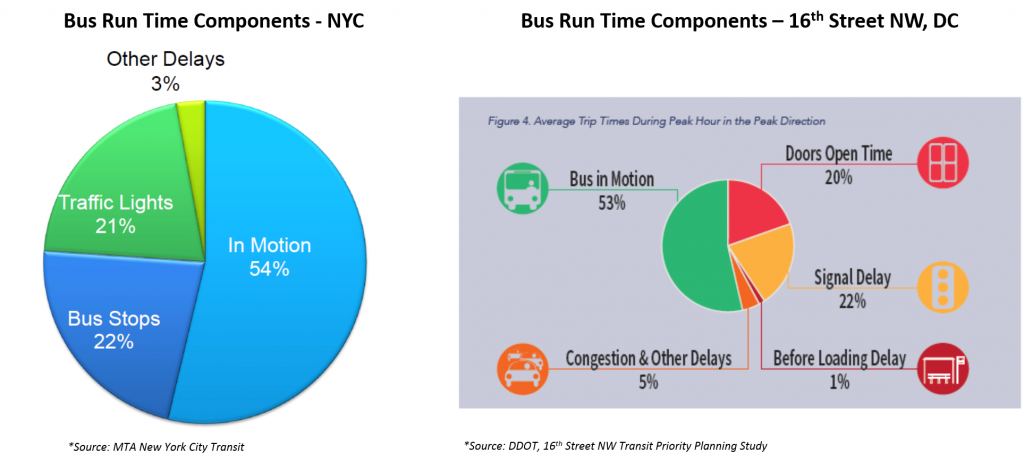
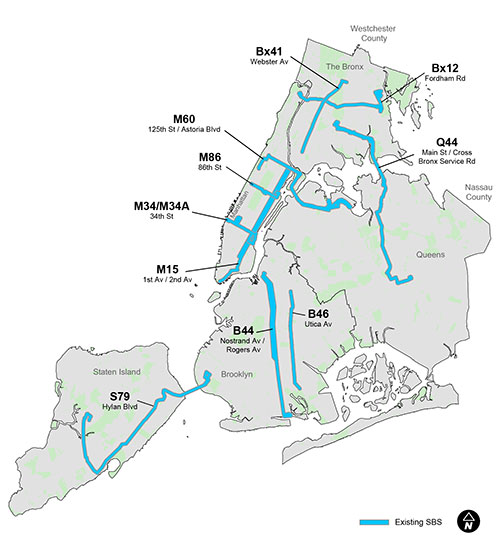
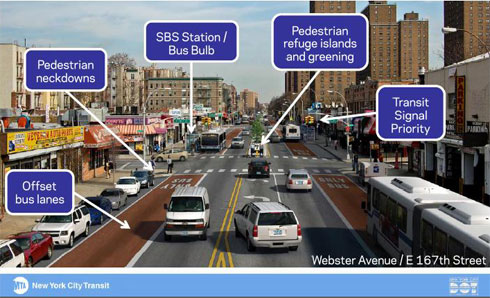
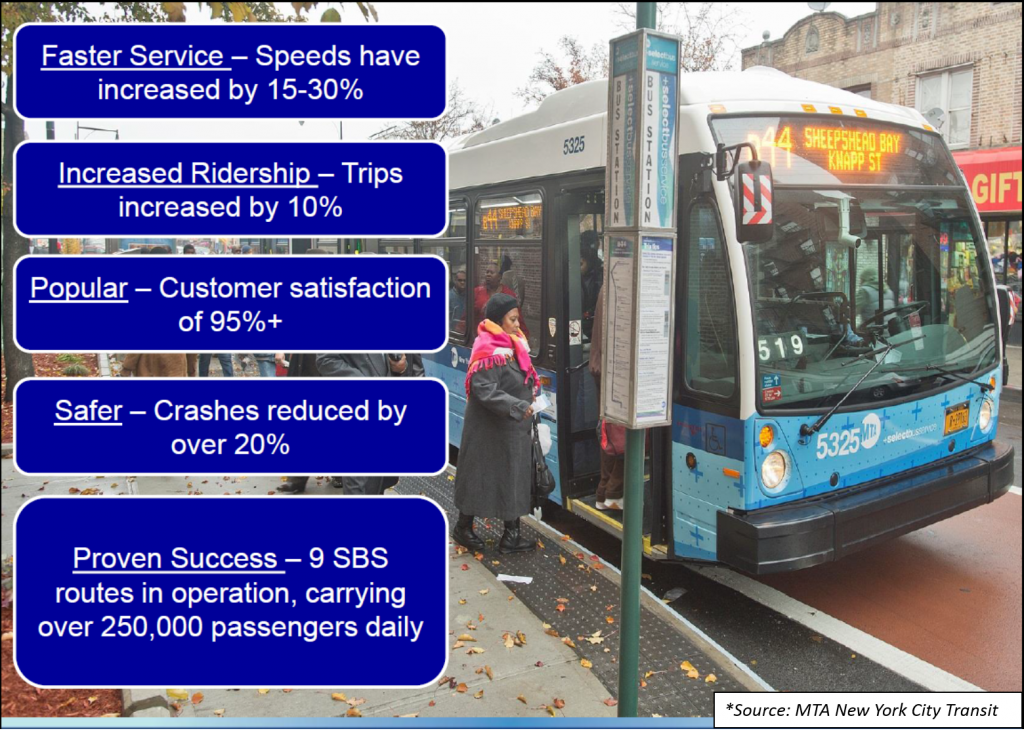
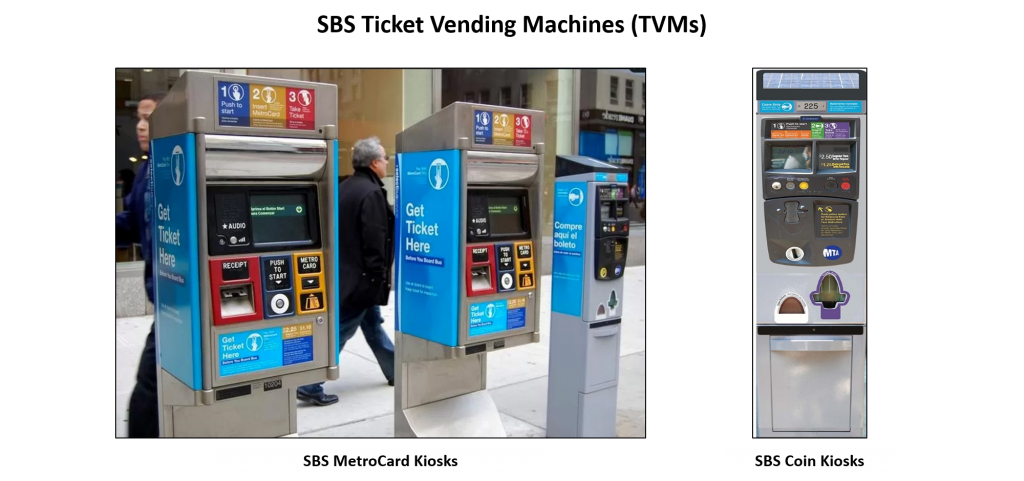

Great post. I used to be checking continuously this blog and I am inspired!
Extremely useful information specifically the last part
:) I maintain such info much. I was seeking this certain info
for a long time. Thank you and best of luck.